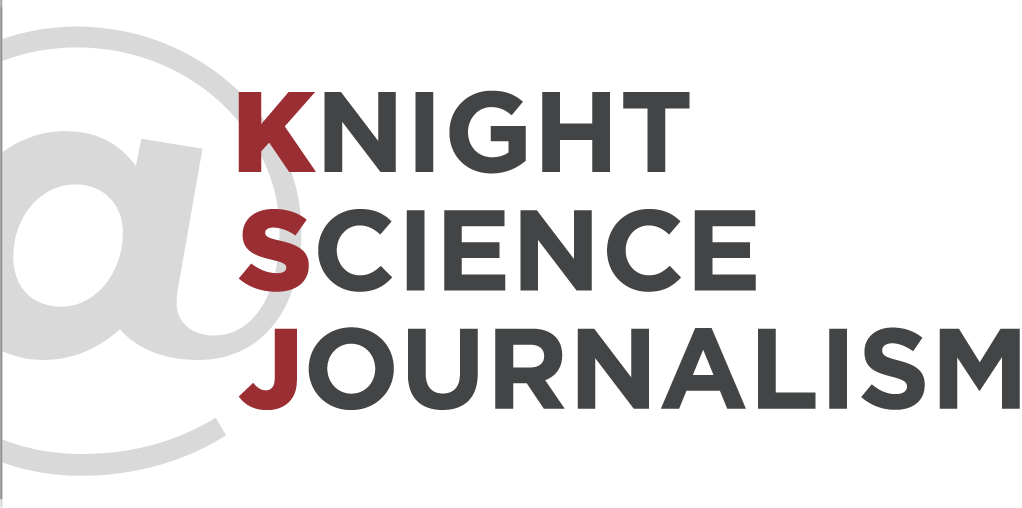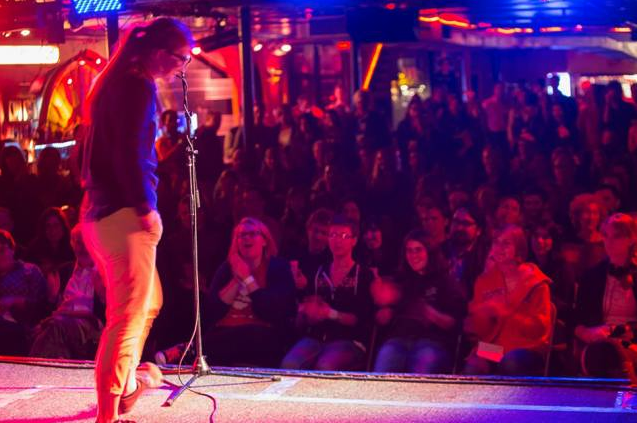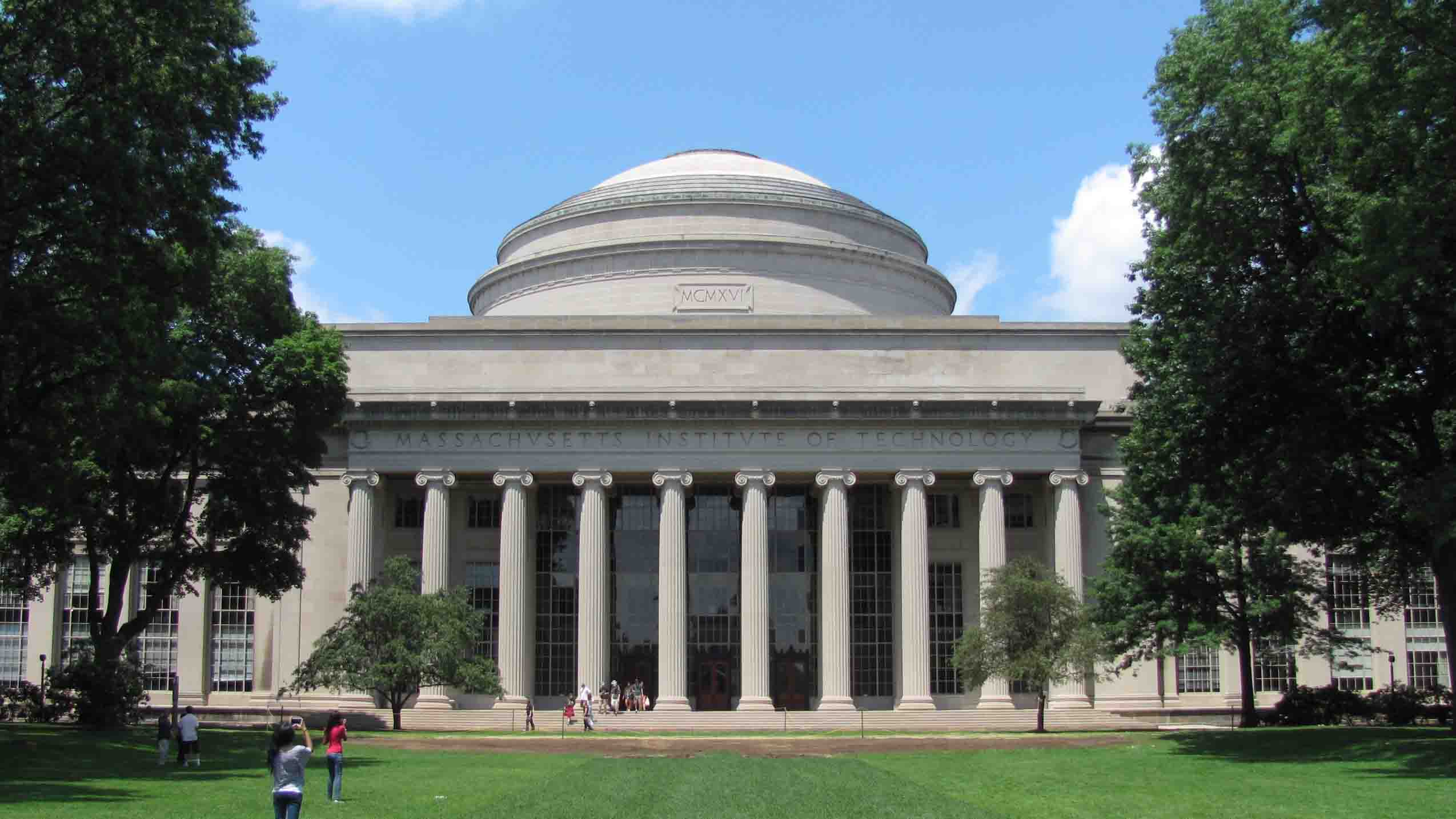Science used to be the broccoli of popular culture, something you had to trick people into consuming. Now it’s more like kombucha: suddenly cool, and for reasons that are still only vaguely understood.
That’s among the themes of yesterday’s MIT News Q&A with John Durant, director of the MIT Museum, and David Kaiser, Germeshausen Professor of the History of Science and director of MIT’s Program in Science, Technology, and Society, about their recent report on the September 2013 special event The Evolving Culture of Science Engagement.
Observes Durant:
There is a tremendous proliferation of new forms of science engagement. Back in the day, you were really talking about journalism, public lectures, radio or television documentaries, museum and science centers, and not terribly much more. But today we have people doing stand-up comedy based around matters scientific; We have storytelling initiatives, with people converging in pubs and clubs to hear scientists talking about their own lives and their work; and we have people who are having extraordinary success with science in social networks, on YouTube, and so on…One of the most disconcerting qualities about it — and I’m being tongue-in-cheek — is that a lot of it seems rather cool.
The 2013 conference, which was supported by the Knight Science Journalism program as well as the Noyce Foundation, the Alfred P. Sloan Foundation, the MacArthur Foundation, Intel, the Wellcome Trust, and several other offices and departments at MIT, was designed to begin a conversation and an investigation into the roots of these changes. Conventional top-down approaches to improving “public understanding of science” – think science museums and newspaper science sections – are now being supplemented, sometimes even eclipsed, by everything from animated YouTube series like Minute Physics to grassroots happenings like the Story Collider performance series (which is returning to Cambridge next week).
As Kaiser sums up:
Why are people from all walks of life looking to learn more about science? How are they encountering scientists in the real world? And that’s what we wanted to zero in on. It is more creatively chaotic than the range of models we’ve tended to think about over much of the 20th century.
The new report – co-written by Durant and Kaiser with Thomas Levenson, director of MIT’s Graduate Program in Science Writing; Ben Wiehe, manager of the Science Festival Alliance at the MIT Museum; and Peter Linett of the group culturekettle – organizes findings and discussions from the conference and points to unanswered questions and new research opportunities in the field of science and technology engagement. Here at the Knight Program, we’re eager to contribute to these inquiries, and to explore how science journalists can participate in today’s less formal but fresh and exciting modes of science communication.
You can download a PDF of The Evolving Culture of Science Engagement report here.





Leave a Reply